My Rants and Raves
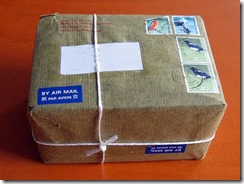
I've been advocating using NPM for a client-side package manager in the last few months since Bower support has been depreciated. And while this works pretty well (using Scott Allen's UseNodeModules middlware) to allow you to just point at the NPM folder.

If you didn't notice, Entity Framework Core 2.1 has a new way to support seeding your databases with a method called HasData. Julie Lerman has a great new Data Points column in MSDN that explains how a lot of it works.

I know I am not going to make everyone happy with this post. I've been hoping to not have to make this post, but Entity Framework Core has finally added support for Lazy Loading, so it's time.
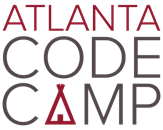
The Atlanta Code Camp is coming again on September 15th! This annual event brings some of the best speakers from around the country! Be one of them.

Not John BoltonThe notorious quip by Mark Twain came to mind today as I was reviewing comments to my recent blog post about Blazor, a lot of the comments talked about WebAssembly being the death of JavaScript.
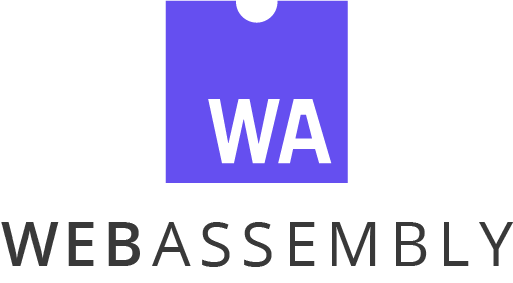
In case you haven't been following the news about WebAssembly (e.g. WASM), it's a new way to build something akin to bytecode for the browser. The latest versions of most browsers now support it including Chrome, Firefox and Edge.

Just got home from Music City Code conference had a great time catching up with attendees and other speakers. If you haven't made it to this great Nashville event before, plan for next year. It's well worth it.
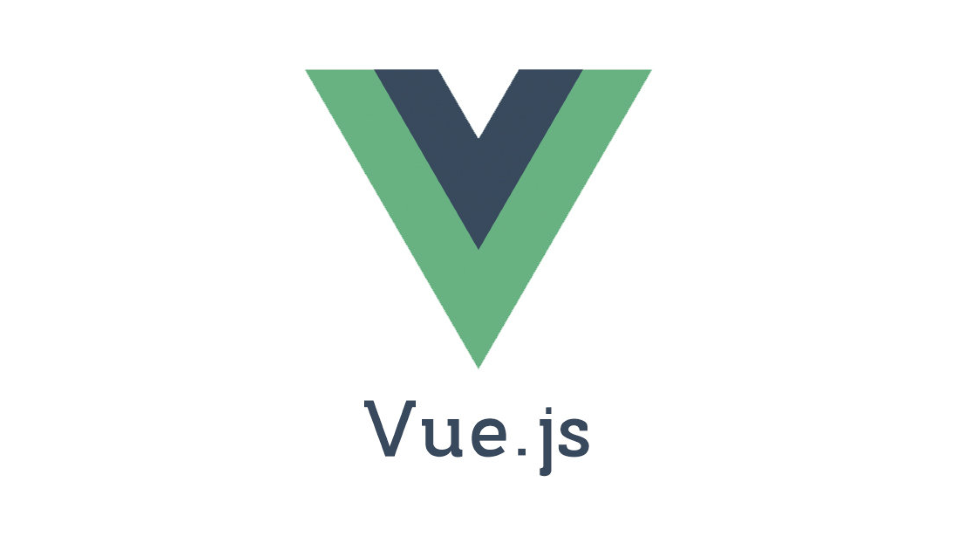
In case you haven't been following on Twitter, you might not know that I've been working on a Vue course for a couple of months now. This particular course is now available as an Early Access model I'm trying out.
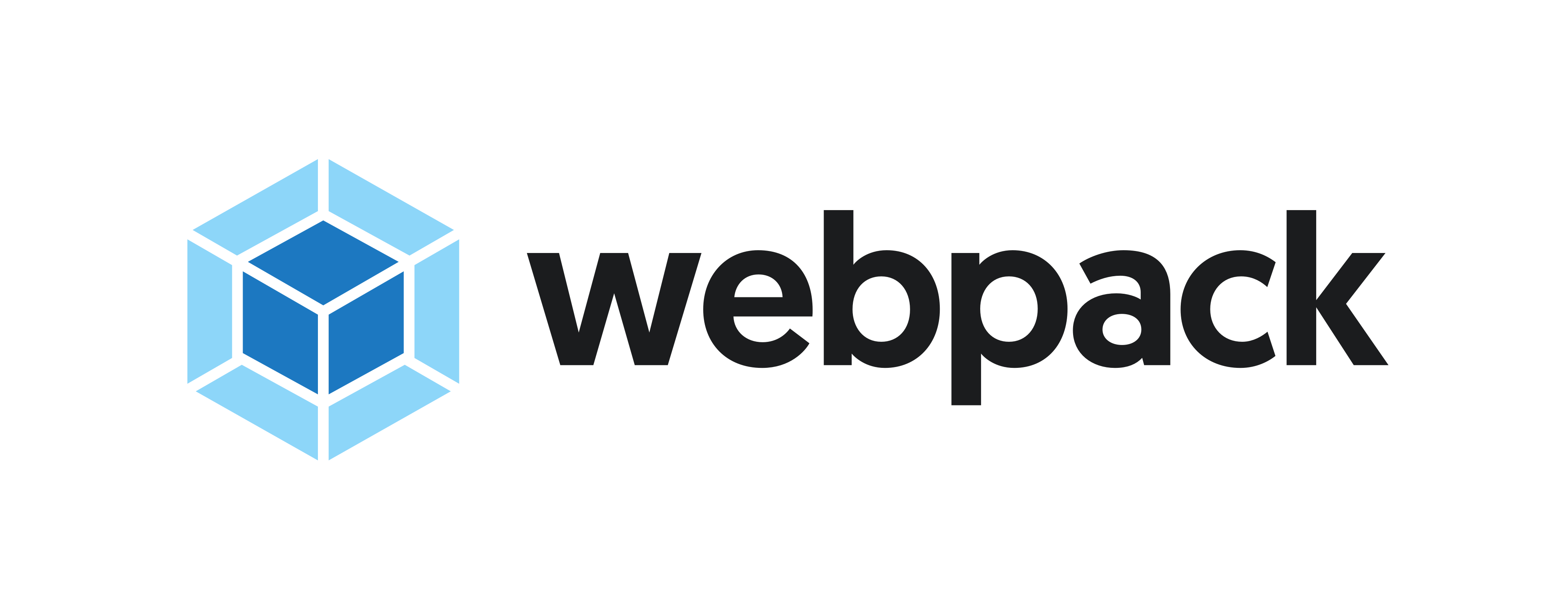
Since I do a lot of web development and teach web dev on the Microsoft platform, I spend a lot of time in tools that are node-based. If you don't know already, gulp, grunt, webpack, etc. all use node to run themselves.

As I expect most of you already know, I'm making a documentary film about software developers called "Hello World: The Film". I've started a crowd funding campaign to help me finish the film.

Thanks to everyone who came to my webcast today! As many of you know, Bower is depreciated so I've been looking at the different ways to move to other solutions.

As I've been teaching ASP.NET Core for a while now, some things I've been saying I've taken on faith. One of these was that building a Configuration Source (a provider that can read configuration and feed it into the configuration system) is fairly easy.

In my Pluralsight courses1 on ASP.NET Core, I show how to use JWT Tokens to secure your API. In building a new example for my upcoming Vue.js course, I decided to only use JWT (not cookies and JWT like many of my examples are).

Ok, please tell me how stupid this is. It's apt to be pretty stupid but I have a point to it. I'm trying to separate the ideas of prototyping quickly from preparing for production.

Orlando during Spring Break probably wasn't the best idea, but luckily I got to go to the Orlando Code camp instead of fighting people at Disney.

I'm getting around to this a little late, but late last month I had a great time presenting in Charlotte's Enterprise Developer's Guild. I showed them how ASP.NET Core 2 works.

I've been digging into Vue.js a lot lately. I'm working on a new course on it that will be released on May 1st.

When I created my Bootstrap 3 course back in 2013, I never thought it would take five years to get to the new version of Bootstrap 4. Back in 2016, I outlined and got ready to create a new course about Bootstrap 4. But it never came out. Until now.

I feel like the job of software developer in the last 20 years has been to decouple. Whether it's dependency injection or building modular systems, or even the new trend of micro-services; coupling has been the killer of everything good in software development (maybe).

As many of you know, I've been making courses for Pluralsight for a long time now. I think my first course was released in 2011.

I'm getting back into face-to-face training. And I'm starting with a new workshop on ASP.NET Core 2 and Angular 5. If you're in Atlanta or can get here, I'll be doing a three-day workshop from May 16-18th this year.

Back in ASP.NET 4, I really liked the way that it supported running migrations and seeding of the database for you. But in ASP.NET Core and EF Core, that hasn't come to the table yet.

Nothing starts a new year like a new skill or two. A couple of months ago I released a new Pluralsight course on building a website using ASP.NET Core 2.0 and Angular.

With the New Year coming, I thought I'd look back at the last year in my life. Warning this is going to be technical and personal, that way I can turn 50% of the people off with every sentence...just a different set of people with every paragraph ; )